Concrete temperature monitoring becomes more critical in cold weather as low temperatures decrease the rate of strength development during curing. That is why ensuring optimal curing conditions for your element is critical, especially during extreme weather conditions. The hydration process can be drastically impacted if freshly placed concrete is exposed to temperatures that are too high or too low, compromising the strength development of a mix design. Furthermore, if the temperature differentials are too high, thermal cracking in concrete can occur. By closely monitoring temperature variances in your concrete element during curing you will ensure that the strength, quality, and durability of your structure are acceptable.

How Do Thermal Cracks Form?
Thermal cracking occurs when the tensile stress of the concrete exceeds its tensile strength. In more basic terms, differences in temperature between the core of the concrete and its surface can lead to thermal cracks.
Additionally, as cement mixes with water, a chemical reaction called hydration occurs, generating heat. In this process, the heat is trapped inside the core and cannot escape quickly enough. As a result, the core continues to get warmer while the surface cools.
Why Is Thermal Cracking in Concrete a Problem?
Cracking increases the permeability of the structure, making it easier for water, air, and chloride to penetrate the concrete. This can result in rebar corrosion and, in severe cases, it reduces the durability and integrity of the entire concrete structure.
Read More About Evaluating Cracking in Concrete Structures Here
It is therefore essential to monitor concrete mix temperature, ambient temperature, and differential temperature and to adjust appropriately to avoid thermal cracking in concrete. This includes random map cracks, vertical cracks in walls (especially in the base of the wall), and uniformly spaced cracks in beams.
How to Control Concrete Temperature in Cold Weather
To ensure proper strength gain in concrete structures during winter, new concrete placements are generally protected from cold weather using an external source of heat. In mass concrete placements, for example, protective blankets are often used to cover the concrete and distribute the heat generated from the concrete itself. This decreases the temperature gradient difference between the surface and core of the pour, reducing the chance of thermal cracks occurring.
4 Tips for Controlling Concrete Temperature in Cold Weather
- Optimize Your Concrete Mix: Using low-heat cement; aggregate substitutes such as fly ash, limestone, or slag; and low water-to-cementitious materials are all good ways to optimize your concrete mix for heat retention in cold weather.
- Use Insulation: Like heating blankets, this allows you to control temperature differentials between the core and the surface of your slab.
- Cool Concrete Before Placement: This can be done using chilled water, chipped or shaved ice, or liquid nitrogen.
- Cool Concrete After Placement: Use embedded non-corrosive cooling pipes prior to concrete placement. This removes heat by circulating cool water from a nearby source.
7 Common Mistakes to Avoid During Cold Weather Concreting Read More!
Methods for Monitoring Concrete Temperature
For these techniques to make a valuable difference, you must be able to monitor and report on the changing temperatures of your concrete structure. Traditionally wired systems, such as thermocouples and loggers, are used. In most of these systems, however, wires stick out from the concrete and need to be protected from damage onsite. The data loggers that are attached to the ends of thermocouples may also experience malfunctioning at very low temperatures. Moreover, the manual installation process for these types of sensors, along with the time-consuming data collection process, becomes more difficult in cold weather conditions. More specifically, when heat blankets are used, it is a challenge to lift them and find the end of the temperature cables to collect data.
SmartRock®: Wireless Concrete Temperature and Strength Sensor
Curing concrete in cold weather is costly due to equipment rentals, such as blankets and heating elements, as well as the labor required to operate these heating systems. Investing in a product like SmartRock, a wireless concrete sensor, can save significant time and money on a project.
These wireless sensors are embedded in the formwork (attached to the rebar) of the concrete structure. They provide real-time data on temperature and strength during all stages of the curing process, from early age to hardening. These measurements upload directly on the free SmartRock app (available for both iOS and Android devices), where they can be downloaded and shared with any team member. From there, you can view the minimum and maximum temperature values and track the temperature and strength history of your pour.
See How Graham Construction Reduced Labor Costs By 85% with SmartRock Wireless Sensors Here
One of the biggest advantages of SmartRock is that it is completely wireless. This means you no longer need a separate costly data logger. Furthermore, you don’t have to worry about all of the costly complications that can happen with wired systems.
SmartRock’s ability to monitor the effects of the in-situ concrete and ambient temperatures makes it easier to control concrete curing and ensure optimal strength-gaining conditions. Equipped with real-time results, contractors can improve the heating process, decrease energy costs, and save time in their project schedule by knowing when to move on to subsequent construction operations, such as; formwork removal or post-tensioning.
**Editor’s Note: This post was originally published on October 2016 and has been updated for accuracy and comprehensiveness in June 2023.

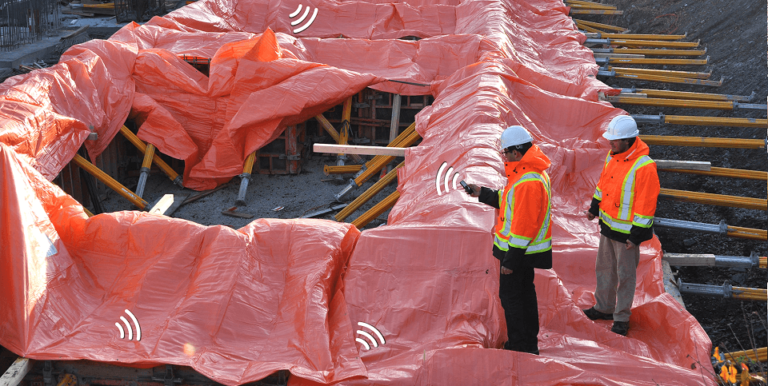
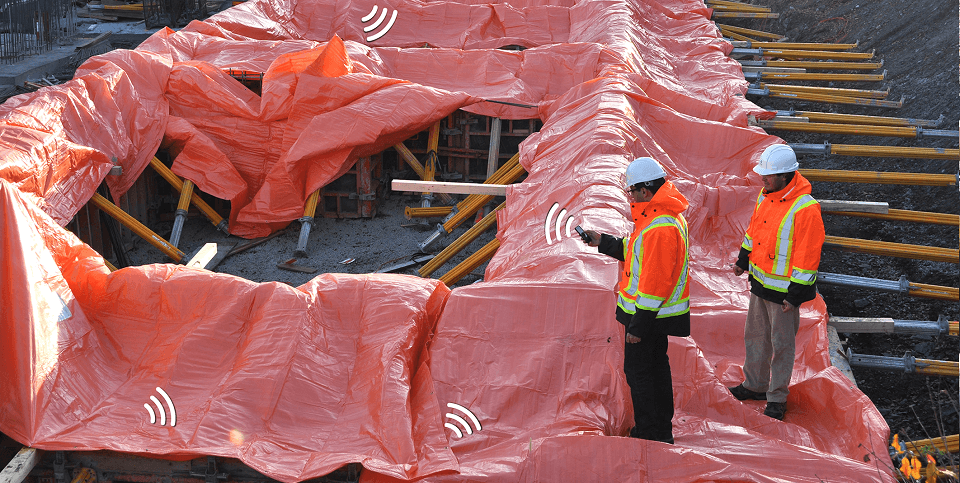
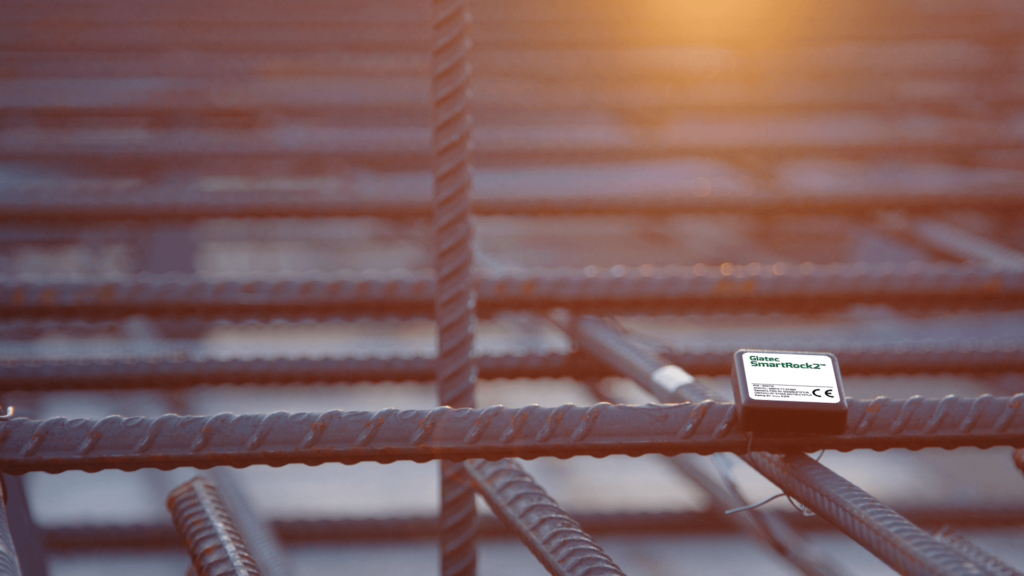




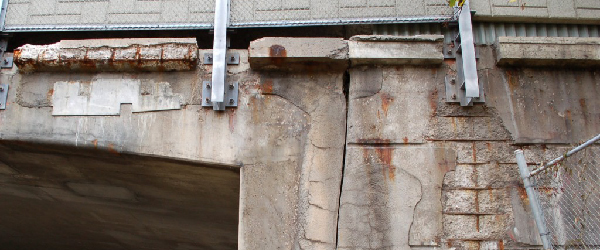
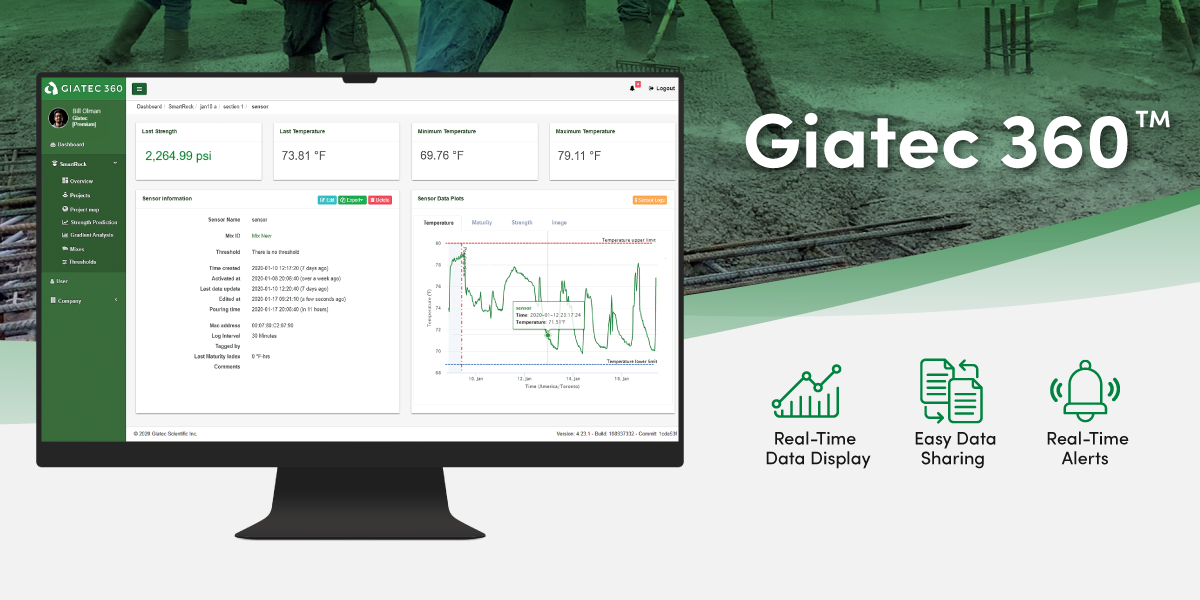
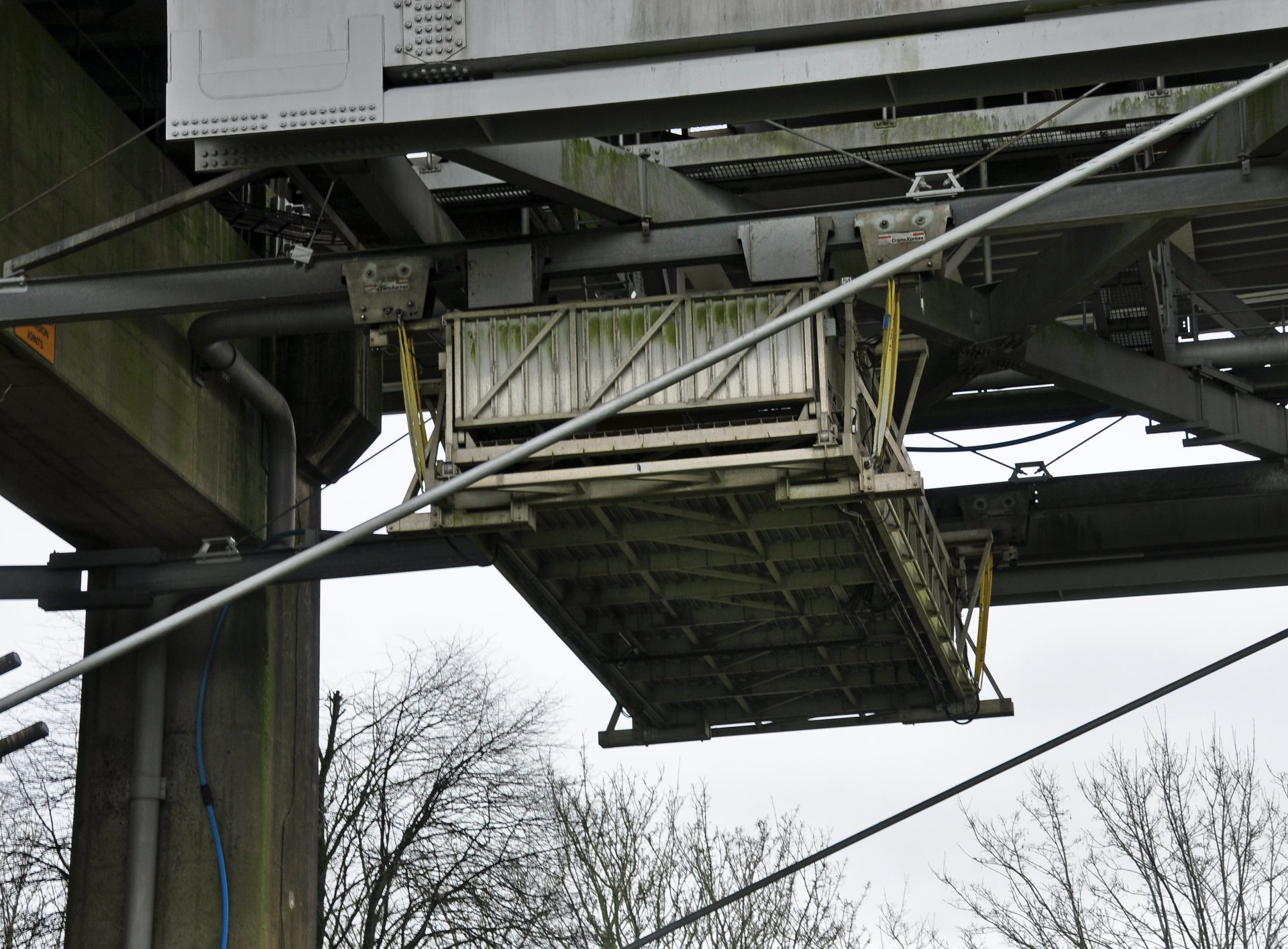

2 Responses
Is this product just for cold weather or can this be used in warm weather (Florida ) instead of cylinder breaks?
Hi Rickey, thank you for your comment. Absolutely you can use SmartRock in all weather conditions. As they can provide you with strength (and temperature) data in real-time, they are designed to replace field-cured cylinder break tests. You may find this blog helpful, it addresses your comment in greater detail. Feel free to email us with anymore questions at sales@giatec.ca